How and how to treat grapes from diseases and pests in the spring after opening
Grapes are a unique culture. It is eaten fresh, juices, various wines are prepared from it, added to salads and other dishes. Like any berry crop, grapes require proper care. After winter, with the arrival of warmth, insect pests wake up. If measures are not taken in the spring, this will negatively affect yields. How to treat grapes from diseases and pests after opening in spring, you will learn from the article.
The content of the article
Why process grapes in spring
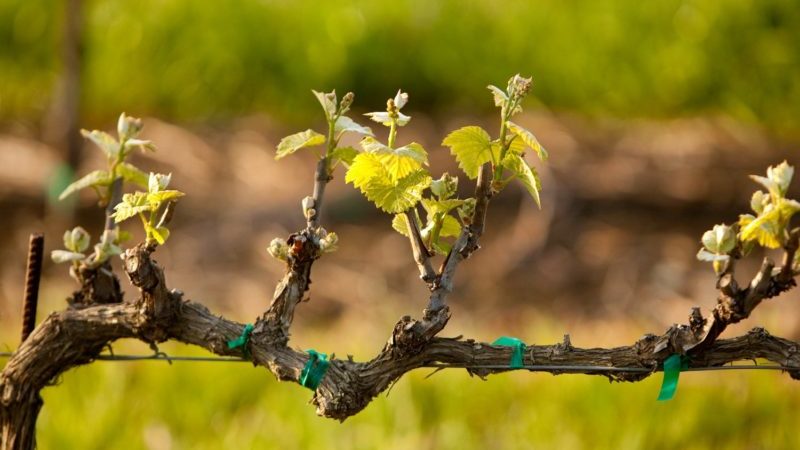
At a soil temperature of + 10 ° C, the vine wakes up after winter, the movement of juices in the stems resumes. By this time, the grapes are freed from the winter shelter and the vines that are frozen in winter are cut off.
Insect pests often lay eggs on plants in the fall, including grapes, and vines can hibernate already infected... Therefore, it is advisable to carry out preventive treatment of the plant.
Reference. In the preventive treatment of grapes, chemicals are used in a lower concentration. Sometimes it is enough to replace them with folk remedies.
Is it obligatory
Spring treatment is a must for vines. Without this, pests multiply very quickly. First of all, they affect the buds and buds, which cause great harm to the plant. In this case, flowering stops. Preventive spraying destroys pathogens before they emerge from hibernation in early spring.
Disease treatment
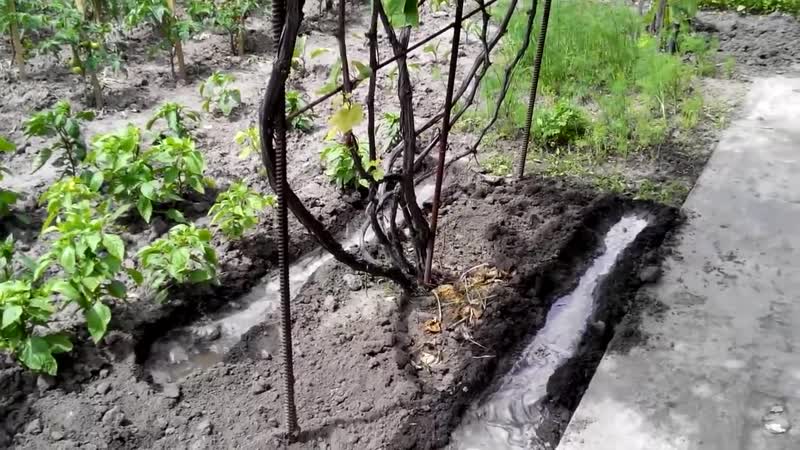
Most often, culture diseases are caused by fungal infections.
Common grape diseases:
- powdery mildew;
- downy mildew;
- alternaria;
- numerous types of rot;
- black spot;
- hilar cancer.
Pathogens overwinter in damaged areas of vines, buds, plant debris. When the air temperature reaches + 4 ° C and humidity increases, the grapes become infected.
From pests
If insect pests are present on the bushes in single quantities, the plants will not die, but they will become weakened and vulnerable to disease.
The most dangerous pests of grapes:
- leaf roll;
- grape mottled;
- spider mite;
- leafhopper;
- marble beetle;
- marble beetle
- phylloxera.
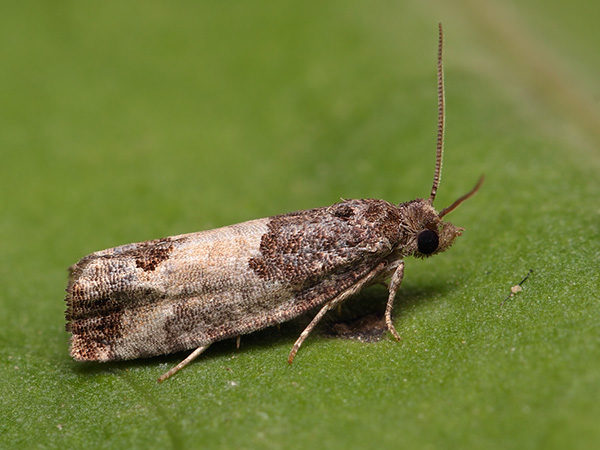
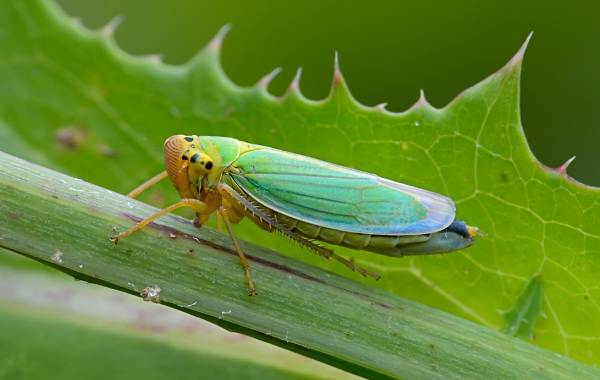
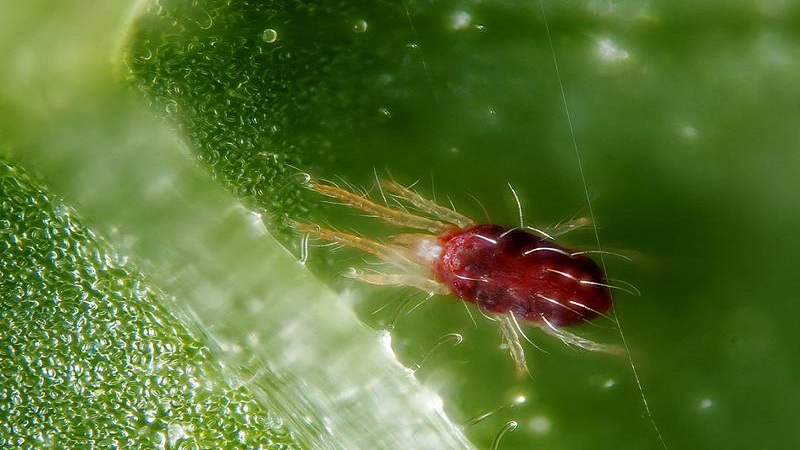
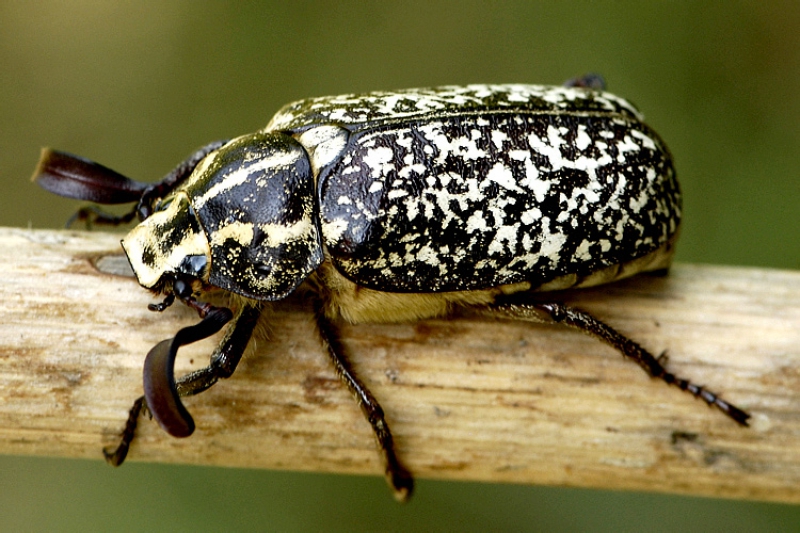
When to process grapes
Before the start of spring processing, they are guided by the vegetation stage of the grapes. The time frame varies from region to region. The procedure is carried out after removing the shelter and fixing the grapes on the trellis. In this case, the daytime air temperature should be at least + 10 ° C, and the nighttime - + 5 ° C.
Procedure frequency
Spring processing of grapes is carried out in 3 stages:
- April 1-15, with closed buds, until a green cone appears. During this period, the substances kill the fungus, but do not damage the buds of the plant. They cultivate the soil under the bushes and shoots.
- From late April or early May, before flowering. The main goal is the destruction of pests that hide under the scales of the kidneys. They cultivate the bush and the ground under it.
- Late May - early June... By this time, the shoots of the plant reach 10-15 cm.Grapes are processed mainly from powdery mildew and other fungi: healthy bushes - 1 time, infected last year - 2-3 times.
At the beginning of sap flow, spring frosts are very dangerous. They can destroy buds that are starting to bloom.
Read also:
How to process grapes
Experienced growers are not limited to one group of products. They use biological and chemical drugs, and also use folk methods.
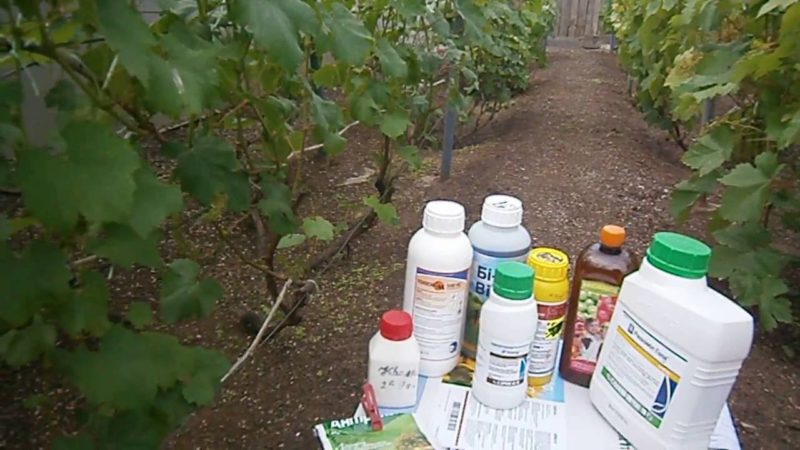
Chemicals
Chemicals are used to fight diseases and pests. Some means fight against fungi, others against pests, but there are also complex preparations.
Effective chemicals:
- Bordeaux liquid. It is used from rot and downy mildew to bud opening. The mixture is irrigated on the stems from all sides.
- "Tiovit Jet". A broad-spectrum agent. They are treated with young shoots, on which 3-4 leaves have already appeared.
- "Strobe". Destroys black scab, powdery mildew, root cancer. Ovary, blossoming leaves and soil at the roots are sprayed with the agent.
- Copper sulfate. It disinfects plants well and protects them from pests. For young vines, a 1% solution is suitable, for adults and in the past susceptible to diseases - a 3% solution. Processing is carried out in cool weather. In hot weather, using the product causes leaf burns.
- Inkstone. In early spring, the treatment of plants is carried out for preventive purposes, a 0.5% solution is used. It is used immediately after preparation.
- Apollo. Used to kill ticks. The agent kills their larvae, eggs and juveniles. All parts of the plant are abundantly moistened with the drug.
- Actellik. The agent causes the death of insects, getting into their intestines. Grapes are processed in warm, dry weather.
- Marshal. Destroys all types of gnawing and sucking insects. The agent accumulates in the tissues of the plant, making it toxic to pests.
All chemical preparations are used strictly observing the dosage indicated in the instructions.
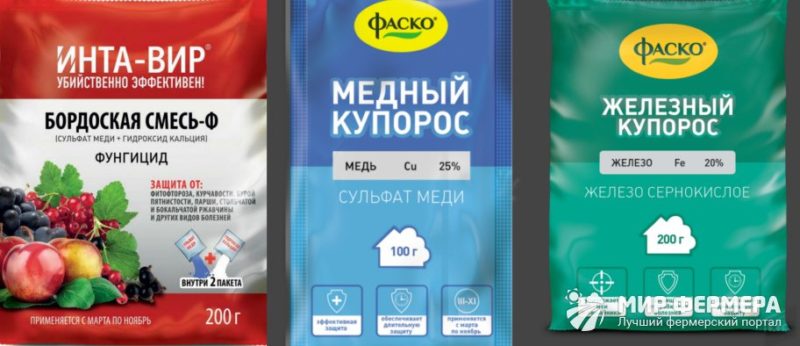
Biological agents
Biological products have less toxicity compared to chemical ones, and act just as effectively, therefore they are widely used for processing grapes.
Effective biological agents:
- Fitosporin-M". Environmentally friendly product. It neutralizes dangerous microflora and increases the resistance of grapes to diseases. All parts of the plant are treated with it.
- Planriz. The drug successfully fights various types of rot. The tool is used for watering under the root and sprayed on all aerial parts of the plant.
- "Trichodermin". Suppresses more than 60 types of pathogens of cultural diseases. The drug is compatible with other products and fertilizers and is non-toxic. The agent is sprayed on all parts of the plant.
- "Gaupsin". A complex preparation that fights against diseases and insect pests. Spray the vineyard several times. Before planting seedlings, it is recommended to soak the roots in Gaupsin's solution.
- "Bitoxibacillin". Protects against gnawing, fruit-damaging and sucking insects. Plants are sprayed in the morning or evening in dry, warm weather.
Folk remedies
For those who prefer folk remedies for pest and disease control, there are many simple but effective recipes:
- A mixture of milk and water. Helps fight powdery mildew. The ingredients are diluted 1: 1 and sprayed onto the grapes.
- Tincture of onion peel... Used to fight fungal infections. Half the container is covered with husks and water is added to the top. The mixture is boiled for 20 minutes and insisted for a day. Then it is filtered and used for spraying. A little honey is added to enhance the effect.
- A mixture of baking soda and iodine. For 500 ml of water, take 2 tbsp. l.soda, 10 ml of iodine and add potassium permanganate. The mixture is poured into a spray bottle and the bushes are treated. This protects against diseases and insects and ensures a clean crop.
- Garlic tincture. Effective in the fight against spider mites. 2-3 heads of garlic are poured into 1/2 3-liter jar with water, after a day add water to the top.
What remedies to choose before and after bud break
When processing grapes in spring, it is important to take into account the stages of budding. This is due to the fact that the causative agents of some diseases and pests must be destroyed before they begin to awaken. Otherwise, it will be difficult to deal with them.
Before bud break, copper sulfate, Bordeaux mixture, Thiovid Jet, Gaupsin, Fitospori-M are used. After budding, "Strobi", "Apollo", "Trichodermin", "Bitoxibacillin" are effective.
How to properly process grapes
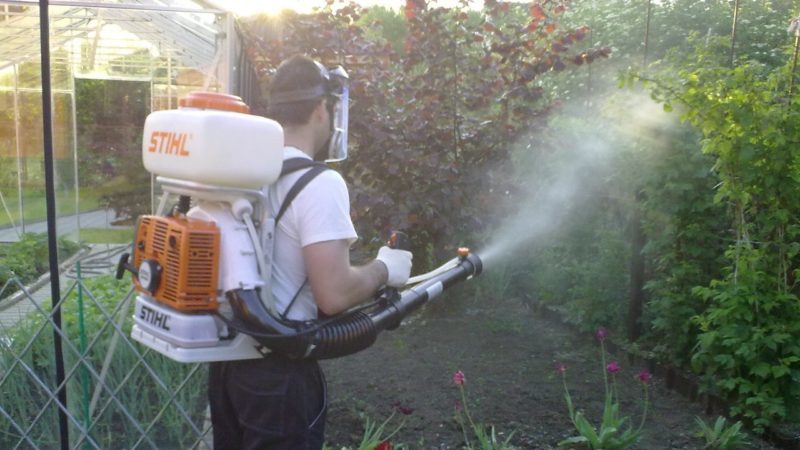
Before spring treatment, the grape bushes must be prepared: pruning, removing damaged leaves, tying the vines to trellis... To prevent the spread of last year's infections, diseased shoots are burned. It is also necessary to level the ground and straighten the grooves in the trellis rows.
It is important not to miss the first preventive spraying before bud break. It is carried out at an air temperature of + 4 ... + 6 ° C. This is especially true for vines that have been susceptible to disease in the past year.
Grape mite treatment is carried out before flowering in the phase of 9-12 leaves.The best time to process bushes is in the evening after sunset. The leaves remain moist for a long time with chemical mixtures. To make the plant better saturated, spray it from top to bottom.
The drugs are used by calculating the cycles of activity of pathogenic microorganisms, observing the frequency of processing specified in the instructions.
Precautions
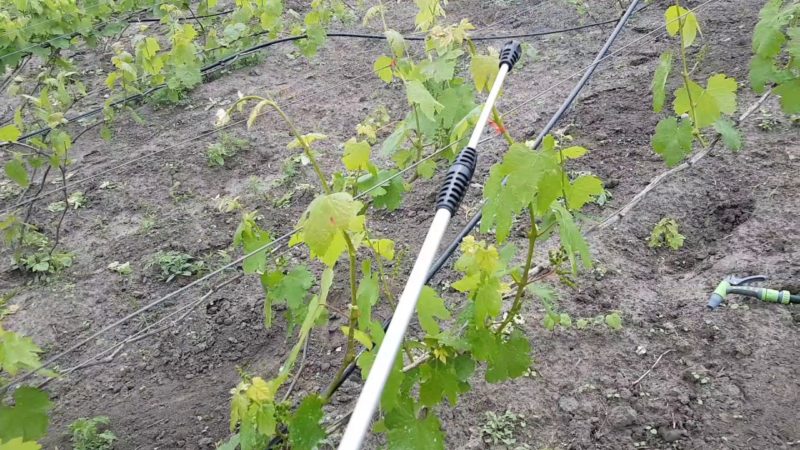
Neglecting precautions can harm your health and the environment. Therefore, when processing grapes, simple rules should be followed:
- use officially approved drugs;
- observe the dosages indicated in the instructions;
- use clothing made of thick fabric;
- protect the respiratory tract with a respirator;
- wear special eye glasses;
- store chemicals in an appropriate container with a lid and secure closure;
- wash hands and face with soap after work.
Common mistakes to avoid
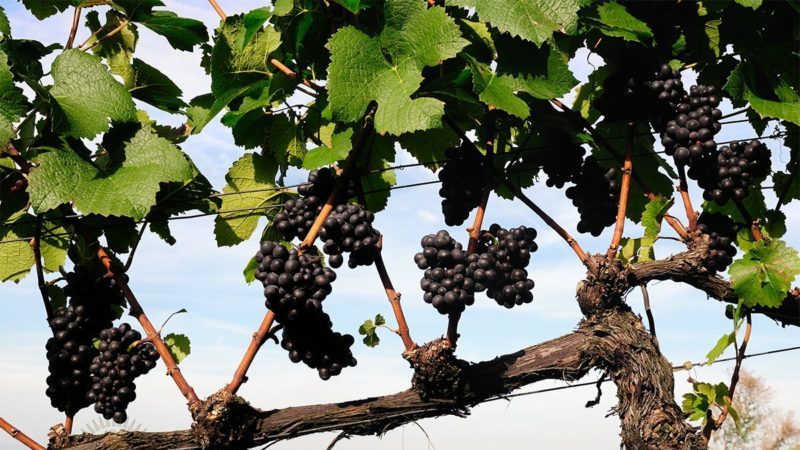
Inexperienced gardeners often make mistakes that can lead to crop loss:
- Non-compliance with the processing schedule. Untimely spraying will not give a positive effect.
- The use of copper sulfate at any time. This solution is used only before the formation of ovaries.
- Failure to follow instructions. Any remedy is aimed at solving specific problems, and if you do not follow the instructions, side effects may occur.
- Applying the same products every year. In this case, their effectiveness is reduced.
- Spraying at the time of flowering. This can only be done with a very serious plant disease.
Read also:
Kesha grape hybrid - description and characteristics
Conclusion
Every gardener who grows this culture seeks to grow a grape harvest, but without proper care, this is difficult to do.
The key to a good harvest is timely processing in the spring against diseases and pests. When using effective preparations, adhering to processing times and safety measures, the vineyard will delight you with an abundance of tasty and juicy berries.